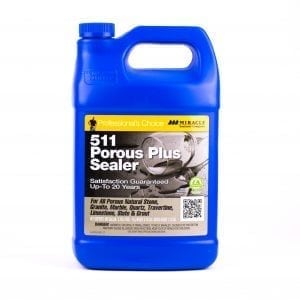DIY Guide to Laying Ceramic Tile
Riad Tile’s ceramic tile is popular because it’s versatile, durable, and handmade, and there are many eye-catching colors, styles, and patterns to choose from. Hiring a licensed pro to install your tile floor saves you physical work and time. But if you’re up for the task, you might wonder, can I install my own ceramic tile floor?
If you have the proper tools, follow our handy ceramic tile installation guide to get the job done.
Before You Start
Before installing your tile, here are a few essential things to know.
- Handmade ceramic tiles may vary in size, shape, color, moisture absorption, thickness and texture.
- They may also contain tiny dents, cracks, and chips that enhance their character. These tiny imperfections are not defects. They make the tiles unique.
- Glazed ceramic tiles can also experience crazing. Crazing occurs when tensile stresses from temperature fluctuation or from expansion and contraction of the tile body or setting bed, cause cracks within the fired glaze. Crazing is not a defect and can happen after installation.
- Inspect your order when it arrives and notify us of any shipping damage or other flaws before you install tiles. Riad is not responsible for tiles after you install them.
- NEVER install ceramic tiles in a driveway. Ceramic tiles cannot withstand the weight of a vehicle.
- Every project is different. So, please consider consulting a licensed professional with experience laying a handmade ceramic tile before you start.
- These are basic guidelines. Riad Tile will not be held responsible for errors or problems due to improper installation or care.
Proper Tile Storage
To prevent damage, properly store ceramic tiles until you’re ready to install them. For the best protection, leave the tiles packed in their boxes and place them in a dry area.
Note: Ceramic tiles are not freeze- or frost-proof. Moisture and freezing temperatures can damage them.
Install Tile a Level, Sound Surface
To ensure a proper installation, it’s crucial to repair holes, water damage, or other surface damage before laying the tile. Otherwise, tiles might not adhere properly to damaged areas. Therefore, always install ceramic tiles on a flat, level, sound concrete surface or a suitable stable subfloor (like Hardibacker, Durock, or Ditra).
How to Install Ceramic Tile (Step-by-Step)
Once the surface or subfloor is level and ready, follow these steps to lay your ceramic tile floor.
- Use a trowel to apply thin-set mortar to the subfloor evenly. To prevent air pockets, apply the mixture in the same direction. Also, wet the back of each tile with a sponge before you apply adhesive to the tiles.
- Press each tile into place by hand. Tapping them into place with a mallet or hammer can cause cracks that worsen over time. Make sure the tiles are as flat as possible, as uneven tiles can’t be ground down properly.
- To prevent potential damage, always cover the floors during installation and curing. Keep them covered until construction is complete.
- Use 1/16” tile spacers to separate and adequately space your tiles.
- Only use a water-cooled tile saw to make any necessary cuts.
- Riad ceramic tiles do not require sealing. Once the adhesive dries, apply the grout release. Once the tiles are clean and dry, apply 1 to 2 coats of grout release to the tile surfaces.
- Within 1 hour of applying the grout release, apply grout. Always test the grout on a loose sample tile before you apply it on set tiles. Some grouts can penetrate tiles and cause permanent stains. Riad recommends Mapei Ultracolor Plus FA grout. Note: We do NOT recommend using dark-colored grout, as it can create stains on the tile that are hard to remove.
- Allow the grout to cure according to the manufacturer’s instructions. This is usually 48 hours.
- After you finish installing the tile, thoroughly clean the surface.
- Clean the floor regularly with soap and water to maintain the tiles.
Stunning Riad Tile Ceramic Tile Floor Examples
View this post on Instagram
Check out these sensational ceramic tile floor designs by @the.cabin.collection featuring Riad’s Dandelion Black, Groovy Terracotta and Swiss Cross patterns. They lend a sophisticated yet cozy feel to your vacation rental.
View this post on Instagram
Look at the terrific bathroom flooring transformation @tanahallows created with our Maya White ceramic tile.
With Riad Tile’s fabulous ceramic tile collection, your décor dreams are just a tile floor away! Browse our website or call us at 972-914-9600.


